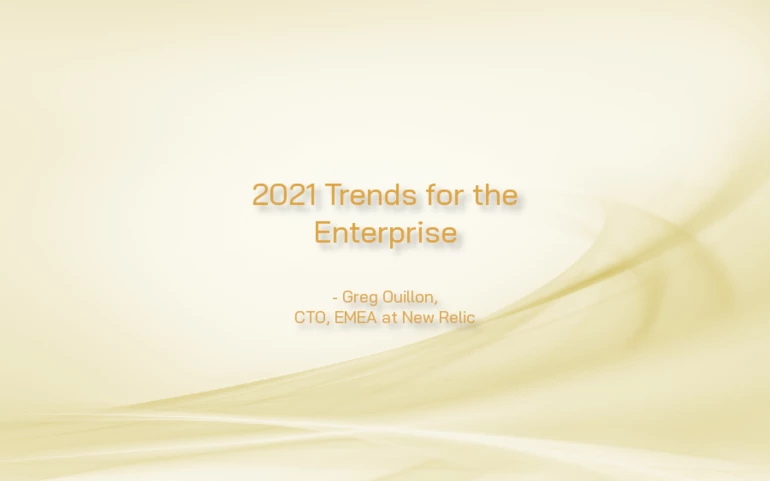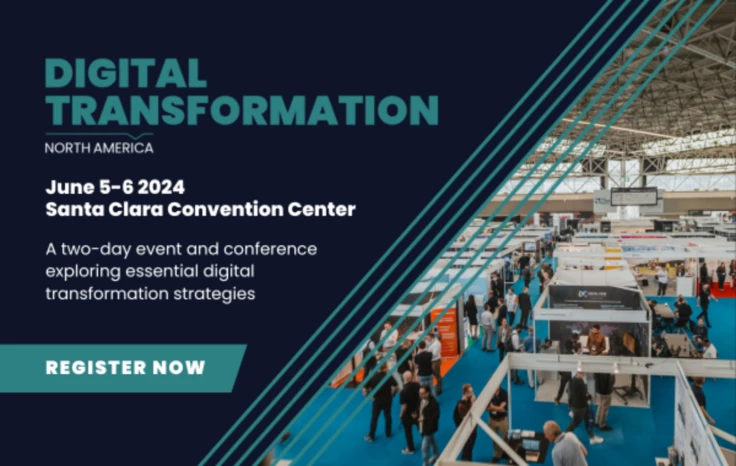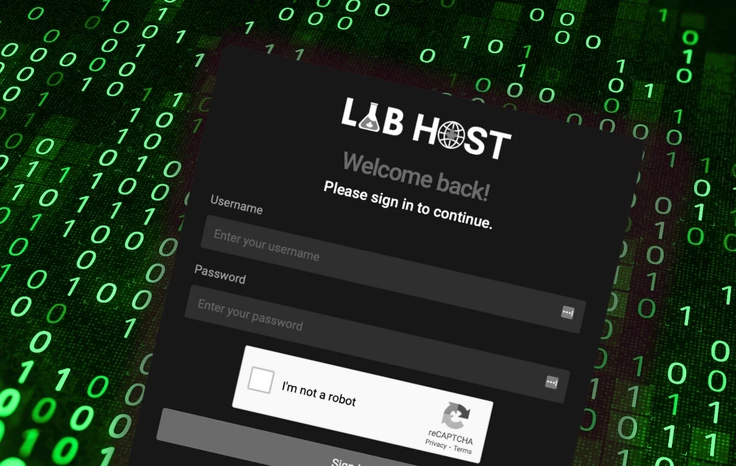Earth Day 2024: Why Sustainable Tech Has Never Been So Important
2021 Trends for the Enterprise

Greg Ouillon, Chief Technology Officer, EMEA at New Relic
COVID-19 forced organisations to re-think plans and speed up digital transformation. Almost a year since the first lockdown, it's no surprise that technology will continue to play a vital role in enabling business leaders to adapt to constant change. Modern tools that allow IT teams to stay agile are crucial to success. In order to help business leaders adapt to the changing landscape, I have identified the following key trends for what the year ahead holds for enterprises.
Adjusting to change with a modular architecture
By having a highly modular architecture, businesses can be prepared to take action during an unexpected crisis or when a new business opportunity arises. By adopting this structure, key components of processes can be stitched together and reorganised quickly, therefore adapting to a change with precision. For example, in the event that a new click-and-collect process needs to be created quickly, IT teams would be able to identify which components are required, integrate them quickly, and reshuffle them as needed. Being able to fully understand new processes with end-to-end visibility across all microservices and modules, marks the end of the monitoring era as we know it.
The rise of ubiquitous computing and end-to-end observability
Ubiquitous computing and digitisation is firmly on the agenda for IT teams. Redeploying a certain level of edge computing architecture to adhere to domestic regulations has become a trend which, in turn, is creating space for a new imperative of end-to-end observability. Regardless of the location, whether it be on-premise, in the cloud, at the edge, or through the browser/device, businesses should have knowledge on how to monitor, observe, and understand their architecture.
A signal of the end of monitoring in its current state is the high importance placed on how organisations look at the end-to-end chain. Businesses simply aren’t able to decode how their apps or processes behave if they only focus on monitoring the cloud, therefore, we will see many adopting holistic, end-to-end views. IT leaders will also automate the deployment of end-to-end observability into the development and delivery pipeline, saving them time and money.
Observability in real-time
Observability is an enabler of the digital business operation; it is important to know the current state of the technology in real-time to be able to address and fix problems as they happen. Although IT teams are usually able to spot key issues, they are often made note of several days after they occur. This time period is too long, which is why real-time business intelligence and analytics are needed. In 2021 enterprises will recognise this and take action. For example, a retailer’s IT team would be able to leverage this approach to ingest weather data into their observability platform to accurately measure how the weather impacts customer demand. Real-time observability is key to delivering outstanding customer experiences and maintain customer loyalty.
Welcome to the digital landscape
Over the last year, businesses both large and small have been forced into undergoing rapid digital transformation. As competition for spend intensifies, enterprises must digitise even more processes and fully realise omni-channel capabilities to keep up. Companies that may have once taken pride in having more shop fronts compared to their competitors, can no longer measure their success based on quantity.
COVID-19 has changed benchmarks as we once knew them. Going fully digital is now a necessity for businesses to survive the new playing field of competitive rules and roles. The pandemic has redefined what it means to serve, satisfy and drive sales. Now customers expect to easily navigate between online and offline purchases, including booking trips, selecting and trying products, purchasing goods and having them delivered quickly to their doors. To do this, seamless front-end and back-end processes are needed across in-store and online from stock management to supply chains. However, this information is rendered moot unless the execution of these omni-channel experiences includes an end-to-end view of the business that observability natively supports in real-time.
Navigating open source
Open source is woven into the fabric of the modern developer; however, it also creates confusion amongst CTOs. The open source tools, design patterns and architectures, are usually left in a mess, therefore a solution needs to be found in order to have some form of standardisation, efficiency, and consistency. The answer to this is observability, as this will allow CTOs to use open source with confidence, providing clear visibility across all tools whilst still maintaining the freedom to reposition data as required.
As businesses look for ways to respond to the multiple challenges presented by COVID-19, technology has allowed them to adapt to change with precision through modular architectures and a holistic view of their real-time operations. Understanding how to monitor and observe their processes across multiple platforms and technologies is critical for all businesses. The organisations that will be successful in 2021 will display the best digital experiences and the most responsive sites, and having the right technology will be pivotal.

























